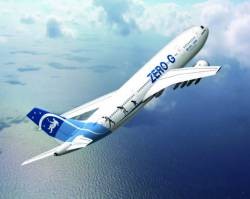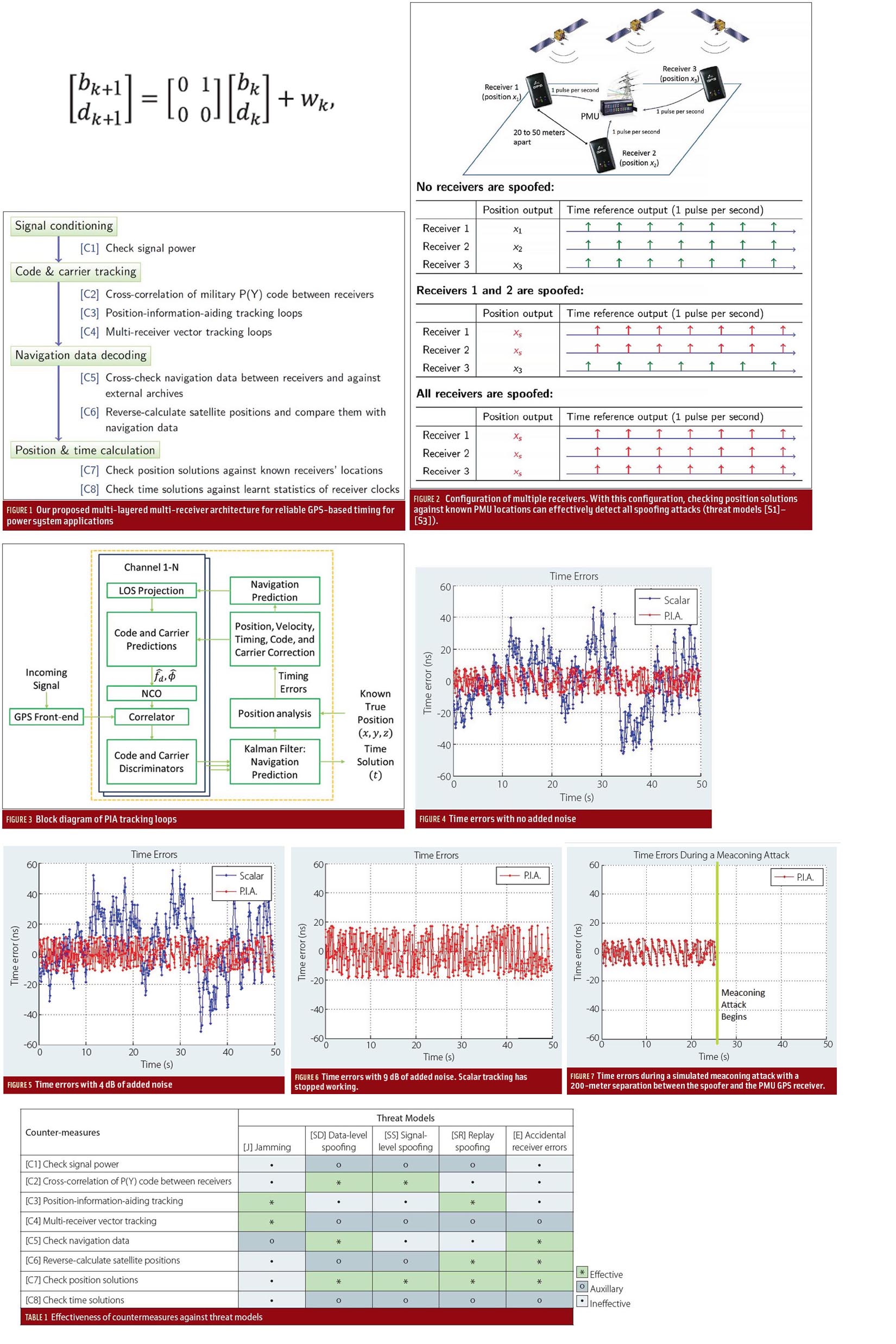Frank van Diggelen: Riding the GNSS Wave
 Running San Francisco Marathon, with daughter, Tanera. Note GPS watch.
Running San Francisco Marathon, with daughter, Tanera. Note GPS watch.SIDEBAR: Frank van Diggelen’s Compass Points
“It all traces back to my parents,” says Frank van Diggelen. “My father, Tromp van Diggelen, was a surfer. He taught me to surf and swim, in that order, when I was five. I was racing sailboats before I was 10, and there’s a lot of navigation there. Even when you’re just on a lake, the racing is all about reading the wind, understanding angles of convergence, velocity-made-good, and so on.”
By Inside GNSS




















